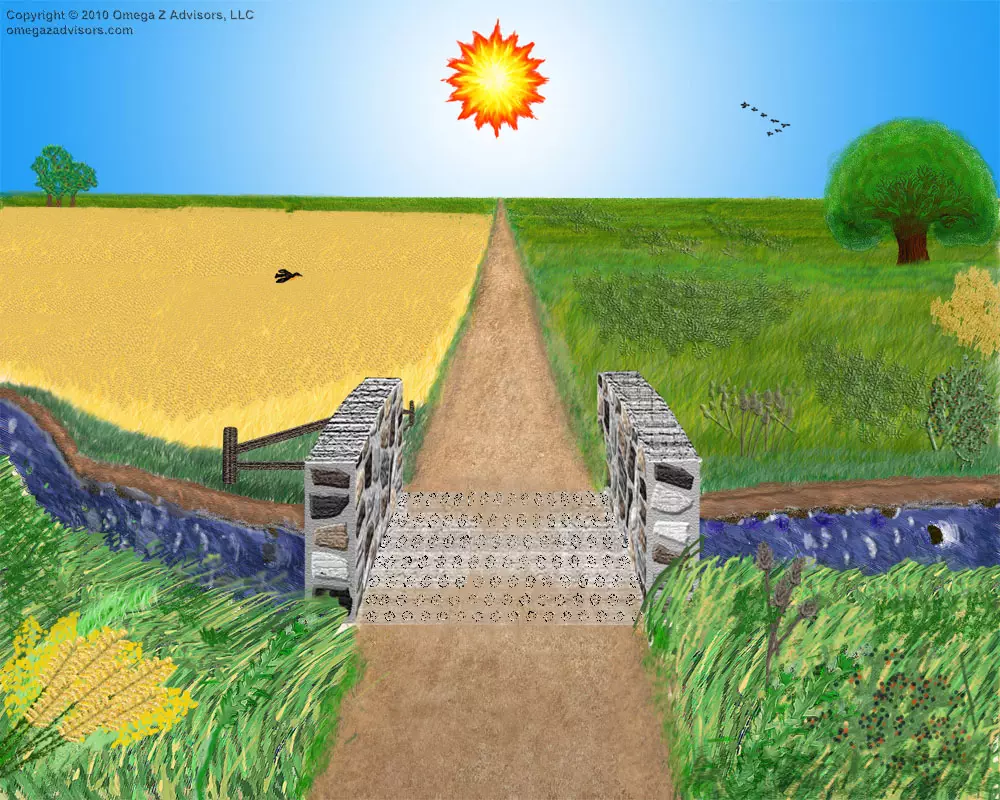Bridges, Muscles and Crises
 In problem solving, seeing the connection among disparate things helps. Recently, I drove home on a road that runs along a creek. People living along this road have driveways running over the creek connecting their houses to the road. The last two years has seen much intense flooding from rain, thus causing extreme damage to the bridges over which their driveways run.
In problem solving, seeing the connection among disparate things helps. Recently, I drove home on a road that runs along a creek. People living along this road have driveways running over the creek connecting their houses to the road. The last two years has seen much intense flooding from rain, thus causing extreme damage to the bridges over which their driveways run.
On this particular day, I noticed how vastly improved these bridges have become. For instance, on one steel beams run where wood once did. Another was wider and more arced. Others just looked stronger; I’m sure a construction engineer could have told me why.
While seeing these bridges, muscles came into mind. Exercise tears down our muscles and cause them to return much stronger. Whether it’s a flood destroying a bridge or intense effort destroying our muscles, we experience the rebirth of something stronger. On a larger scale, we saw the destruction of the World Trade Towers compelling engineers to seek ways to make such structures stronger. Earthquakes in Haiti, floods in New Orleans and many other similar disasters produced similar outcomes.
So what is the problem-solving lesson? Perhaps it’s that we shouldn’t fear crises because in reality only they can make us stronger. If it’s true for bridges and muscles, perhaps it’s true for our spirit. Can we really become physically, mentally and emotionally stronger without crises? Can any training replicate the emotions of a real crisis? It’s similar to the difference between training and game day or practice and audition time.
The history of bridges tells us that their design is a product of crises. Perhaps that means our improvement as humans cannot occur without them either. If we were truly successful at eradicating all crises, perhaps we would stop becoming better.

